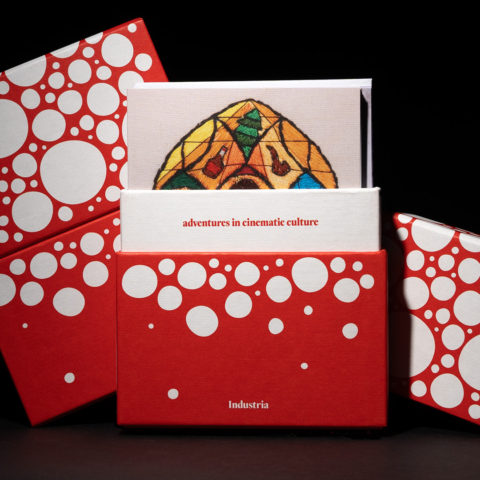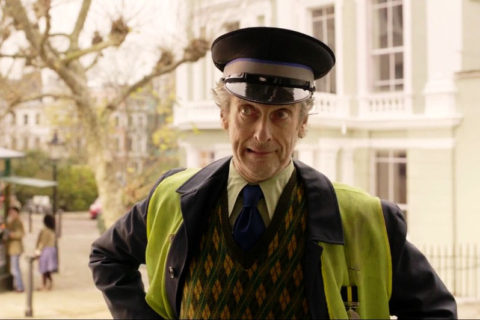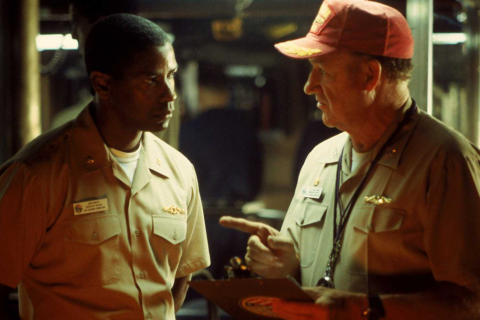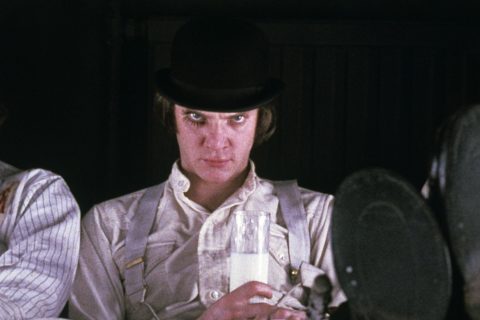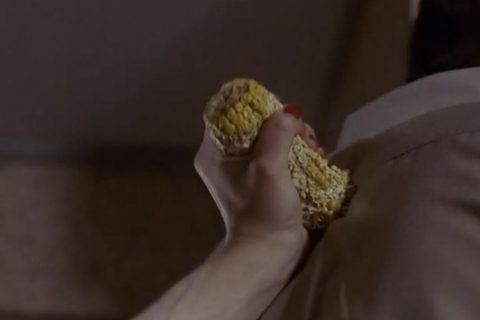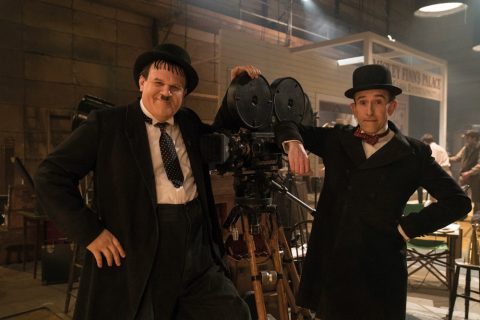Slumdog Millionaire
Danny Boyle’s 2008 drama ended up taking home the big awards… but it almost didn’t make it into cinemas.
What better way to celebrate National Be A Millionaire Day (like we expect you do every year…) than a viewing of Danny Boyle’s 2008 Academy Award winning favourite – Slumdog Millionaire. The Best Picture winner (along with seven other Academy Awards, including a Best Director gong for Boyle) shot leading man Dev Patel to stardom – a far cry from his stint on UK Channel 4’s Skins – and made a couple of million itself; a tidy £378 million worldwide. Pretty good for a film that at one point was considered by it’s distributor, Warner Bros., to be a straight to DVD dud. Now the million dollar question is was its success due to, a) Cheating, b) Luck, c) Genius, or d) It was written…
Did you know…
1) Boyle wanted Bollywood mega-star Shah Rhuk Khan to play the role of Prem Kumar, the host of Who Wants To Be A Millionaire? Khan declined, and the role went to Anil Kapoor, who had actually been a contestant himself in 2001. Khan has no regrets turning down the job, “I know Danny felt bad about it. But he is such a good human being. And his love for India is something very special. After I saw the film, I thought Anil had done a fabulous job and deserves every bit of the success.”
2) The film is the first Best Picture winner to be shot almost entirely in digital format. Director of Photography Anthony Dod Mantle shot some footage on 35mm, but most of the on-location shots in Mumbai were filmed on the Silicon Imaging SI-2K Digital Camera, which was smaller, lighter and easier to handle in the busy, crowded slums. Filming digitally also allowed for more content to be shot and processed on a smaller budget.
3) Some films and franchises are famous for their brand partnerships (Bond’s Aston Martin, anyone?), but several big brands asked to be removed from Slumdog Millionaire. Boyle incorporated Coca Cola and Mercedes into the production for authenticity, but neither gave permission for their trademark to be used. “In terms of the Western audience, they don’t really want to see their products being associated with what they regard as ‘slums,’ the way that they think of slums, you know?” said Boyle.



